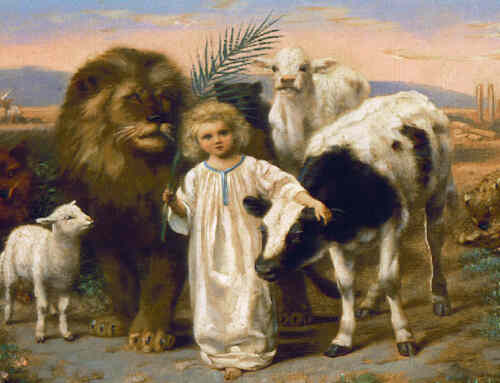The difference between old and new wine is based on fermentation. Old wine is fermented and has an alcoholic content. The new wine mentioned in the Bible is usually grape juice and has no alcoholic content.
The word “wine” is mentioned 231 times in the King James Bible. In the Old Testament there are three Hebrew words all translated into English as “wine.” They are:
YAYIN: intoxicating, fermented wine (see Genesis 9:21).
TIROSH: fresh grape juice, rarely fermented, “new” wine (See Proverbs 3:10.)
SHAKAR: Intoxicating, intensely alcoholic, strong drink (often referred to other intoxicants than wine) (see Numbers 28:7).
The New Testament, translated from Greek, uses the word OINOS (wine) for both fermented and unfermented drink. In Matthew 9:17, OINOS means new or unfermented wine. In Ephesians 5:18 OINOS refers to old or fermented wine. Only in Acts 2:13 is another word used for wine. It is GLEUKOS, a very sweet, fermented wine that is highly inebriating. It is also called “new” wine but is not to be confused with the OINOS translation of “new” wine.
At the wedding at Cana Jesus provided between 120-160 gallons of wine. Was this wine fermented or was it grape juice? Also, what kind of wine were the people drinking before it ran out? Was it fermented or not? Why was the wine Jesus produced called the “best” or the “good” wine (John 2:10)? We did some research regarding the fermentation of grape juice in biblical times and found that naturally fermented wine (containing no additives such as sugar or yeast) had a much lower alcoholic content than our modern-day wines. Alcoholic wine was often watered down for drinking and was consumed by adults and children alike as a tasty substitute for water. Wine was also boiled down to form syrup for preservation. This boiling killed the yeast that would cause fermentation. The syrup could easily be reconstituted later for drinking purposes. Another way new wine was preserved was by straining out the yeast to prevent fermentation. Furthermore, fresh grape juice would turn to vinegar, not alcoholic wine, if the air temperature were to exceed 75 degrees. Since the Middle East has a temperature well above that for most of the year, something had to be done to preserve the juice (wine) for the year or else it would all turn to vinegar.
What kind of wine was being served at the wedding at Cana? We believe that the wine was probably reconstituted (considering that the wedding did not take place when the grapes would have been harvested, but took place shortly before Passover) with little, if any, alcoholic content present. Below are some quotes from Samuele Bacchiocchi’s book, JESUS AND WINE, which we hope will substantiate this view. “In the Roman world of New Testament times, the best wines were those whose alcoholic potency had been removed by boiling or filtration. Pliny, for example, says that ‘wines are most beneficial (utilissimum) when all their potency has been removed by the strainer.’ . . . Referring to some of the same ancient authors, Barnes says: ‘Pliny, Plutarch and Horace describe wine as good, or mention that as the best wine which was harmless or innocent—poculis vini innocentis. The most useful wine—utilissimum vinum—was that which had little strength; and the most wholesome wine—saluberrimum vinum—was that which had not been adulterated by “the addition of anything to the must or juice.” Pliny expressly says that a “good wine” was one that was destitute of spirit. Lib iv. c.13.’. . . The wine Christ made was of high quality, not because of its alcohol content, but because, as Henry Morris explains, it was ‘new wine, freshly created! It was not old, decayed wine, as it would have to be if it were intoxicating. There was no time for the fermentation process to break down the structure of its energy-giving sugars into disintegrative alcohols. It thus was a fitting representation of His glory and was appropriate to serve as the very first of his great miracles (John 2:11).’”
Additional Resource:
Christian Questions Podcast
Episode #1243: “Am I Putting New Wine in an Old Wineskin?”
Three parables to help us stretch with the Christian development required of us
Preview Video
CQ Rewind Show Notes














